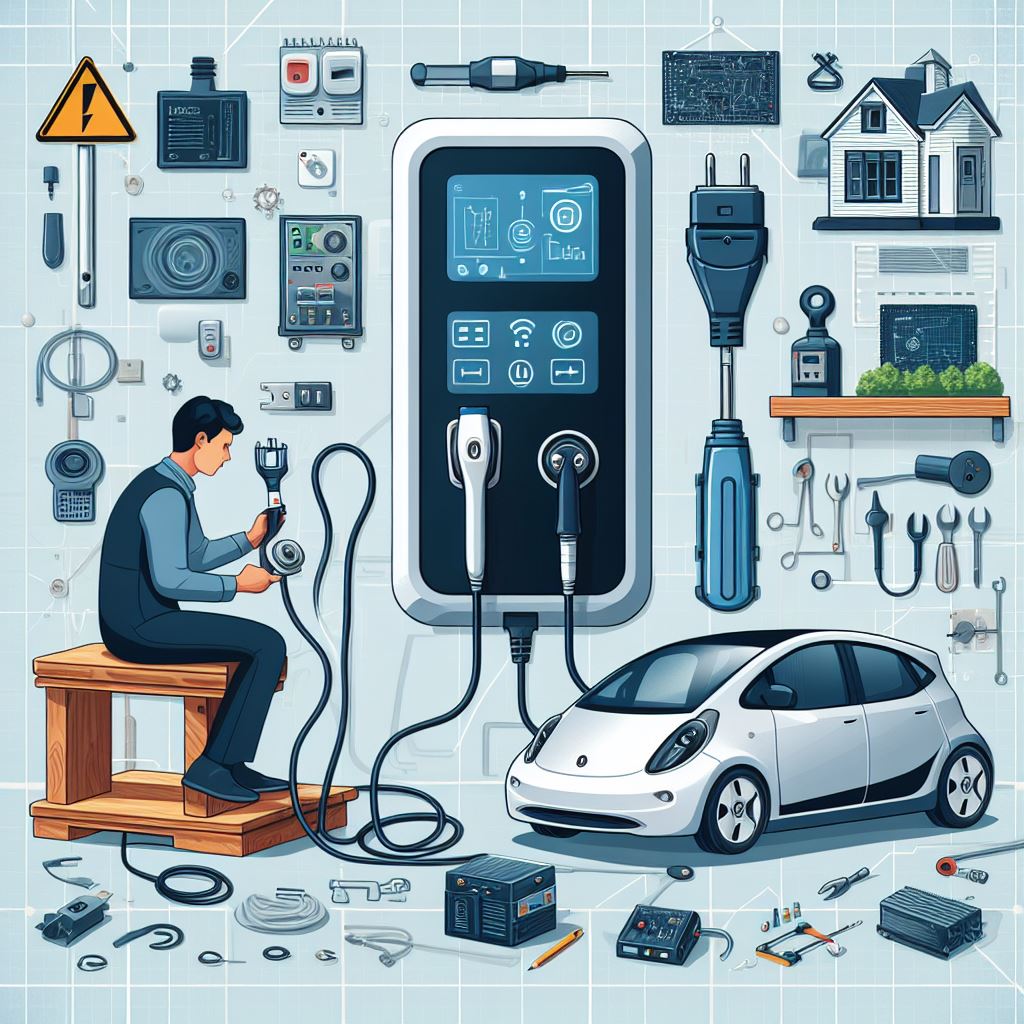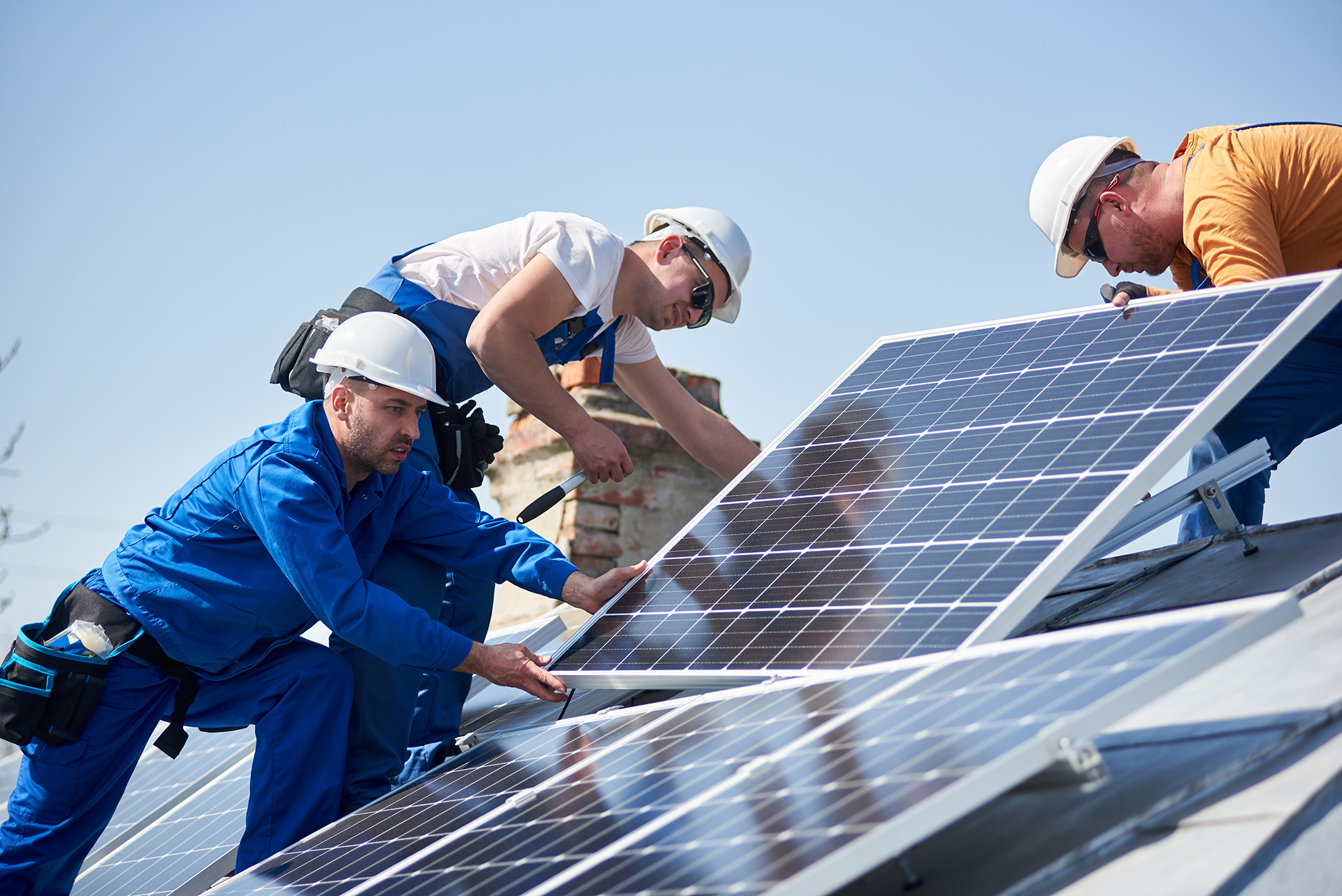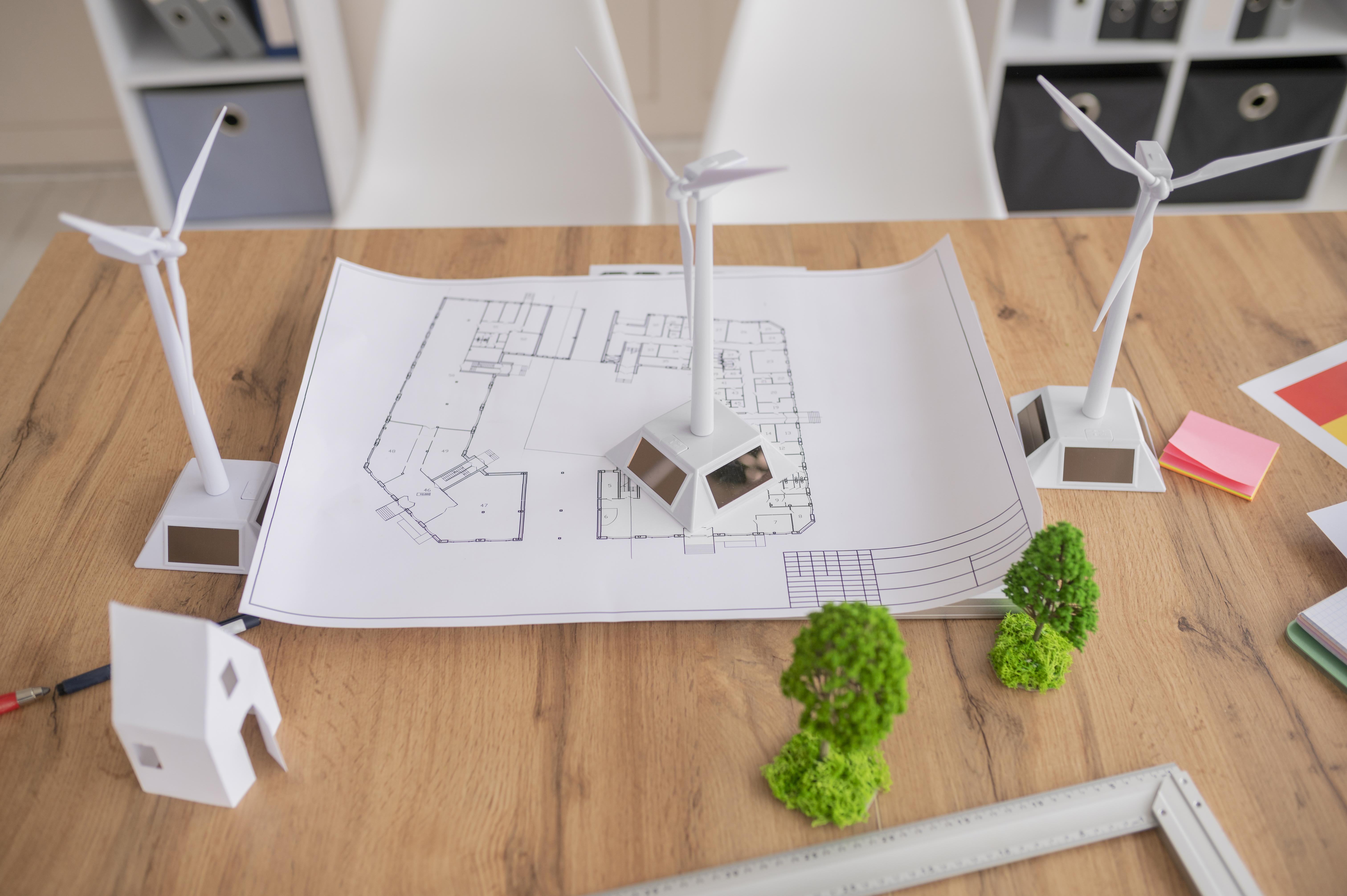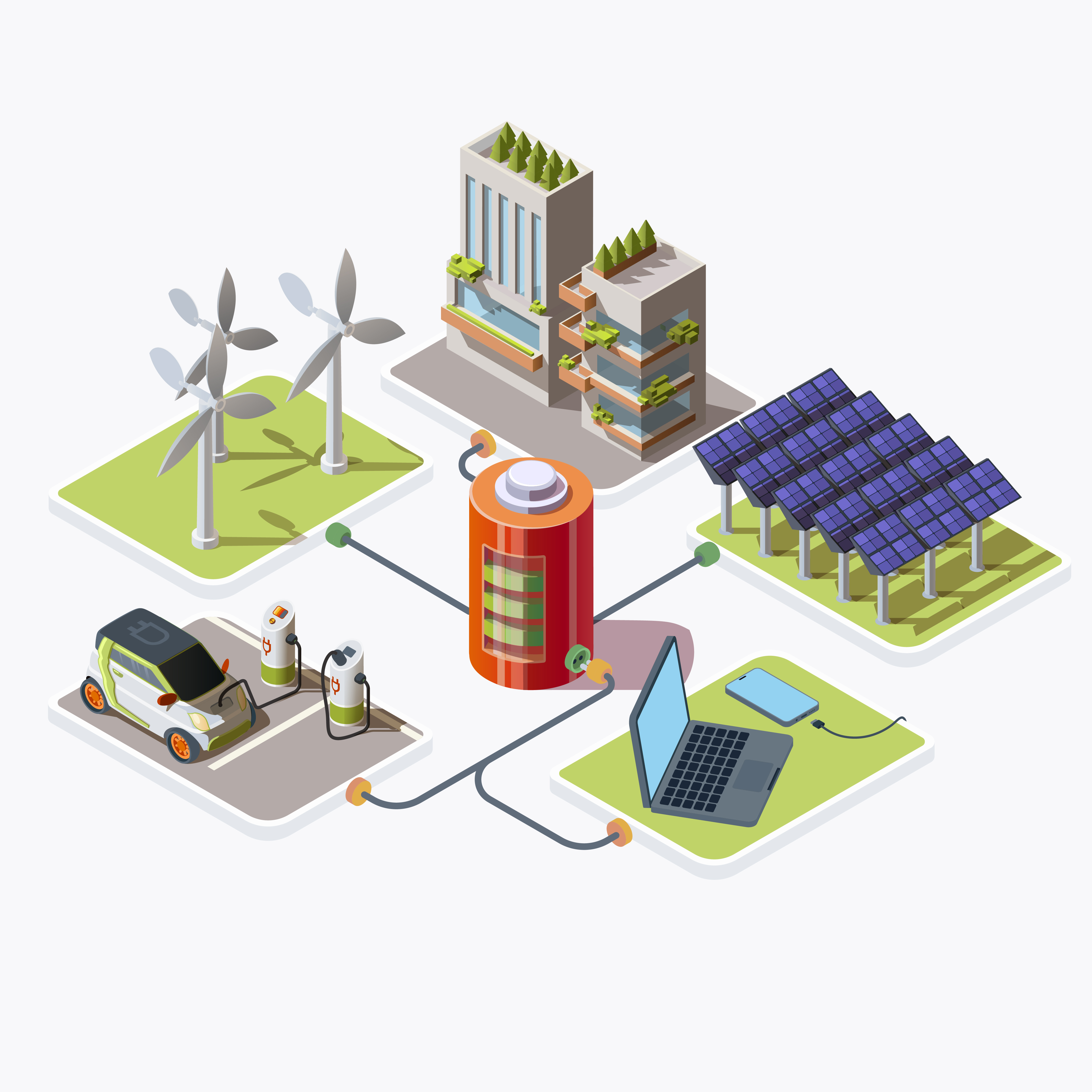Table of Contents
ToggleIntroduction
As the popularity of electric vehicles (EVs) continues to rise, more homeowners are considering the installation of EV chargers at home. However, this process involves several technical considerations to ensure a safe and efficient charging experience. In this comprehensive guide, we’ll explore everything you need to know about installing an EV charger at home, from understanding the basics of EV charging to ensuring safety and compliance.
Understanding the Basics of EV Charging
EV chargers come in different types, primarily categorized as Level 1 and Level 2 chargers. Level 1 chargers use a standard 120-volt AC household outlet and provide a slower charging speed, while Level 2 chargers require a 240-volt AC circuit and offer faster charging. There are several charging connector types used for EV charging, including SAE J1772, CHAdeMO, and CCS (Combined Charging System). It’s essential to choose a charger that is compatible with your vehicle’s charging port. Charging speed is influenced by factors such as the charger’s power rating, the vehicle’s onboard charger capacity, and the electrical supply. Faster charging speeds may require higher amperage and voltage levels. Before installing an EV charger, it’s crucial to assess the voltage and amperage requirements of your vehicle. Most Level 2 chargers operate at 240 volts and require a dedicated circuit with sufficient amperage to support the charging process. Charging time depends on various factors, including the battery capacity of the vehicle, the charging power of the charger, and the current state of charge. Understanding these factors helps in estimating the time required to charge your EV fully.
Assessing Your Electrical System
Before installing an EV charger, assess your home’s current electrical capacity to determine if it can support the additional load. An electrical panel upgrade may be necessary if the existing capacity is insufficient. Check the available circuit capacity in your electrical panel to ensure that there are enough circuits to accommodate the new EV charger. Adding a dedicated circuit for the charger helps prevent overload and ensures safe operation. If your electrical panel is outdated or lacks sufficient capacity, consider upgrading to a larger panel to accommodate the additional load from the EV charger and future electrical needs. When planning the installation of an EV charger, consider future electrical needs, such as additional appliances or home renovations, to ensure that the electrical system can accommodate future expansions without issues. It’s highly recommended to consult with a licensed electrician to assess your home’s electrical system and determine the feasibility of installing an EV charger. A professional electrician can provide valuable insights and recommendations based on your specific requirements.
Ensure that the EV charger you choose is compatible with your vehicle’s charging specifications, including connector type, voltage, and amperage requirements. Compatibility issues can lead to inefficient charging or potential damage to the vehicle. Opt for EV chargers with smart charging capabilities that optimize charging based on factors such as electricity rates, grid demand, and renewable energy availability. Smart charging helps reduce energy costs and supports grid stability.
Preparing the Installation Site
Before installing the EV charger, clear the installation site of any obstructions, debris, or vegetation that may interfere with the installation process or pose safety hazards. Ensure a clean and level surface for mounting the charger. Provide adequate ventilation around the EV charger to prevent overheating and ensure optimal performance. Avoid installing the charger in enclosed spaces or areas with limited airflow that may impede heat dissipation. Obtain any required permits or approvals from local authorities before installing the EV charger to comply with building codes and regulations. Failure to obtain permits can result in legal repercussions and delays in the installation process. If trenching or excavation is required for underground wiring, mark the digging locations and identify the presence of underground utilities to prevent accidental damage or disruptions to utility services. Notify utility companies in advance of the planned installation to coordinate any necessary service upgrades or modifications to the electrical infrastructure. Ensure that the electrical service meets the requirements for EV charging.
Installation Process Overview
Mount the EV charger unit securely on a stable surface using mounting brackets or hardware provided by the manufacturer. Follow the installation instructions and recommended mounting guidelines to ensure stability and safety. Connect the EV charger to the electrical panel using the appropriate wiring and conduit methods as per local electrical codes. Ensure proper grounding and insulation of wires to prevent electrical hazards and ensure code compliance. Proper grounding is essential for the safe operation of the EV charger and protection against electrical faults. Install grounding electrodes and bonding conductors as per local electrical codes and manufacturer specifications. After completing the wiring and electrical connections, test the functionality of the EV charger to ensure proper operation and charging performance. Verify that all electrical connections are secure and that the charger communicates with the vehicle correctly. Conduct a final inspection of the installed EV charger to verify compliance with safety standards, building codes, and manufacturer specifications. Address any deficiencies or issues identified during the inspection before commissioning the charger for use.
Dealing with Challenges
If compatibility issues arise during installation, consult with the charger manufacturer or an electrician to identify solutions or alternative charging options that meet your vehicle’s requirements. If your home has limited electrical capacity, consider upgrading the electrical service or implementing load management strategies to accommodate the additional load from the EV charger without overloading the electrical system. If space constraints limit the installation options for the EV charger, explore alternative mounting locations or compact charger models that can fit in tight spaces without compromising functionality or accessibility. If permitting delays occur during the installation process, follow up with local authorities or regulatory agencies to expedite the approval process and ensure timely completion of the installation. Address any safety concerns or hazards identified during installation, such as inadequate grounding, improper wiring, or electrical code violations, to ensure the safe and reliable operation of the EV charger.
Post-Installation Considerations
Provide user education and training on the operation, maintenance, and safety precautions associated with the EV charger to ensure safe and efficient charging practices. Emphasize proper handling of charging cables, connector types, and charging protocols. Monitor energy consumption and charging patterns using built-in monitoring features or third-party energy management systems to track electricity usage, identify trends, and optimize charging schedules for cost savings and efficiency. Develop troubleshooting procedures and guidelines for common issues such as charging errors, connectivity problems, or equipment malfunctions. Provide user support resources and access to technical assistance for resolving complex issues. If the demand for EV charging increases or additional vehicles are added to the household, consider expanding the charging capacity by installing additional EV chargers or upgrading existing charging infrastructure to meet growing needs. Regularly update the software and firmware of the EV charger to access new features, performance enhancements, and security patches released by the manufacturer. Follow manufacturer recommendations for firmware updates and maintenance procedures.
Conclusion
Installing an EV charger at home involves careful planning, consideration of technical requirements, and compliance with safety and regulatory standards. By understanding the basics of EV charging, assessing your electrical system, selecting the right charger, and following proper installation procedures, you can enjoy the convenience of charging your EV at home safely and efficiently. Additionally, embracing sustainable practices and exploring renewable energy options can further enhance the environmental benefits of electric vehicle ownership. Consult with qualified professionals and leverage available resources to ensure a successful EV charger installation and contribute to a cleaner, greener future. This article provides a comprehensive guide to the technical considerations involved in installing an EV charger at home, covering everything from charger selection and installation to safety, compliance, and sustainability. With the right knowledge and preparation, you can make informed decisions and embark on your journey towards electric vehicle ownership with confidence and peace of mind.







